by Todd Walker

I welcome the sight of goldenrod blooming in Georgia. These tiny, golden flowers signal the end of the dog days of summer and usher in cooler weather.
Goldenrod gets a bad rap when it comes to seasonal fall allergies. The average person sees the blooming yellow stalks on roadsides and fields and automatically blame these showy goldenrod heads for their itchy eyes, runny nose, and sneezing. The most likely allergy suspect is goldenrod’s cousin – ragweed.
Goldenrod and ragweed both belong to the Asteraceae family. The good news is that goldenrod, the good cousin, can be used to treat seasonal allergies caused by the bad cousin, ragweed. Instead of blaming goldenrod, use it. Here’s a simple tincture recipe.
Harvest goldenrod in full bloom by cutting a few inches below the yellow flower head. I don’t recommend harvesting from highways/roadsides that are likely sprayed with chemicals for weed control.

I was in a hurry so I didn’t finely chop the flowers, stems, leaves for this batch. Chopping creates more surface area for contact with the alcohol used in the tincture process. We’ll see how this goes. I’m betting it’ll turn out fine.
Add the chopped goldenrod to a clean glass jar. Pack it down as you fill the container about 3/4’s full of plant material.

Pour enough alcohol into the jar to cover the chopped goldenrod. I used cheap vodka… because I’m cheap, and retired.
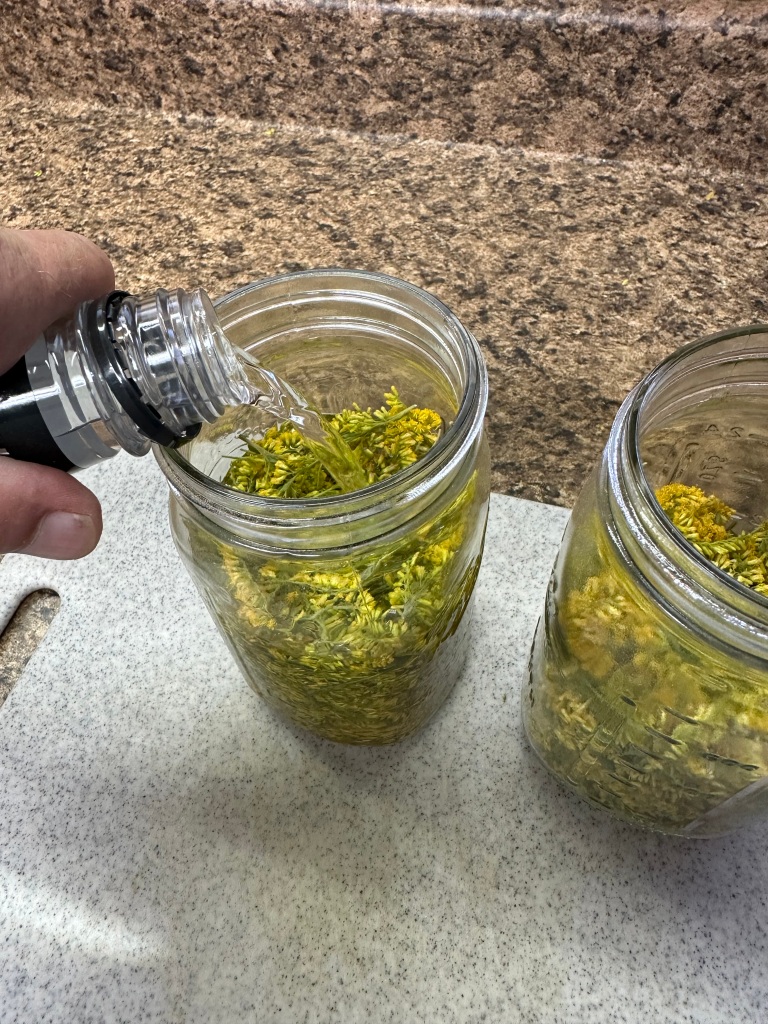
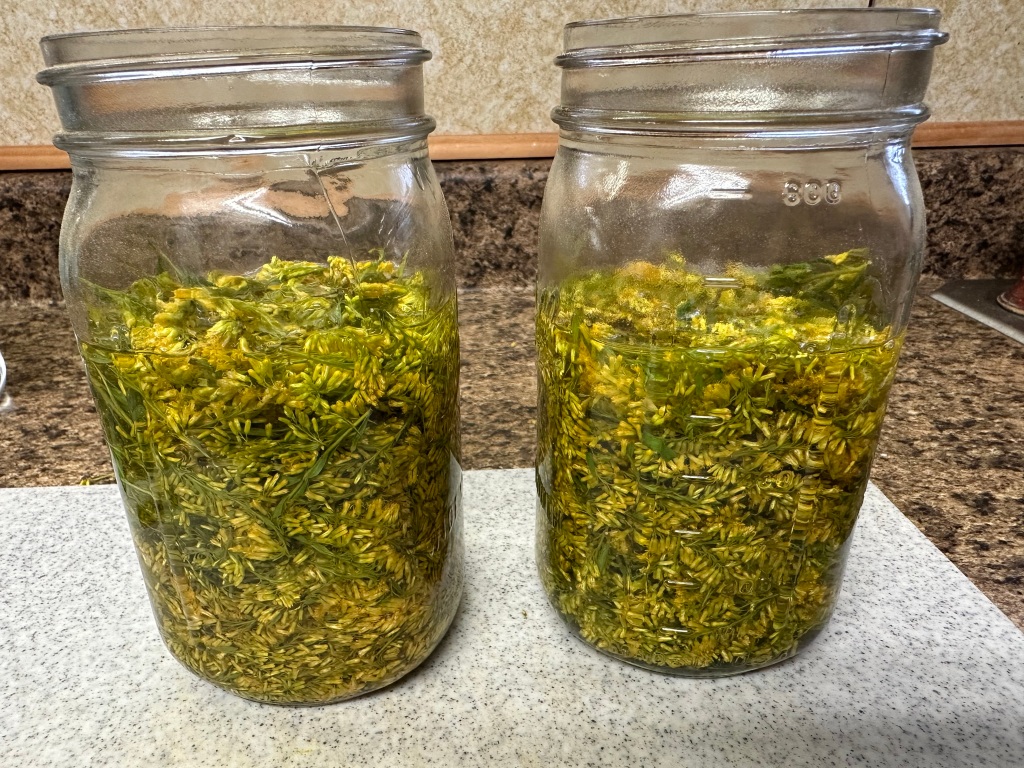
I remembered seeing someone top off the alcohol with water to fill the jar. They said some of the medicinal properties in goldenrod could only be extracted using water. I’m no expert herbalist, but I thought I’d give it a shot. I used filtered water from my Berkey water filter even though I have well water.
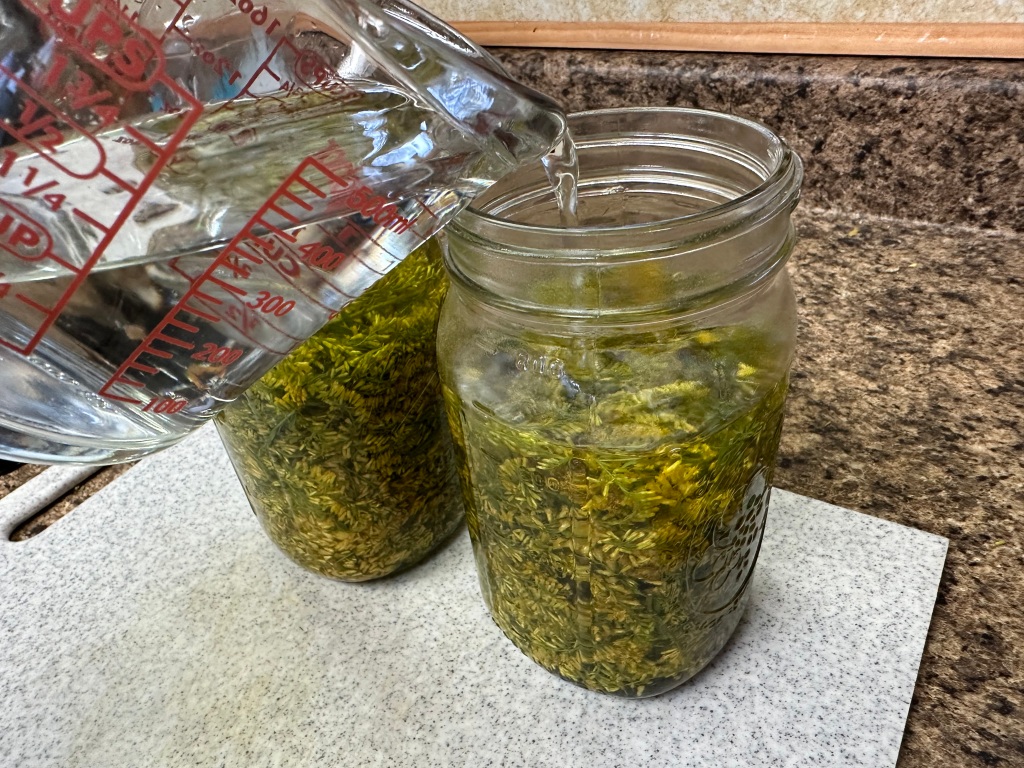
Seal the jar with a lid and label it with the date of production. Store it in a cool, dark cupboard. Shake the jar and contents every day or so if you remember… which I forget to do at times.
In about six weeks, the tincture can be strained and ready to use.

I mention that I’m far from a professional herbalist. I do have two friends who are highly accomplished in this field. If you’re interested in learning more from them, follow them at the links below:
Philip Winter – Twisted Vine Herbs and Anne-Marie Bilella- Forager Chick
Medicinal Use of Goldenrod
The usual disclaimer: I never give medical advice here. I’m not a doctor. Consult your physician for your health care needs. I have personally overcome health challenges using plant-based medicine. Your mileage may vary.
Goldenrod has been used for many years to help with allergy symptoms, sore throat, runny nose, itchy eyes, and colds and flu. It may also relieve toothache, sore muscles, inflammation and pain. Some claim antioxidants in the plant have anti-cancer properties.
Researching the benefits of goldenrod, I also discovered it shows promise for fighting kidney stones. This possibility alone makes me smile big! If you’ve never had a kidney stone, you won’t understand.
If you’ve personally found goldenrod to be helpful, drop us a line in the comments, please.
Keep Doing the Stuff of Self-Reliance,
~ Todd
P.S. – You can also keep up with the Stuff we’re Doing on Twitter, Pinterest, YouTube, Instagram, and Facebook… and over at our Doing the Stuff Network.
P.P.S – If you haven’t done so already, be sure to check out the new Survival Sherpa School and smash that subscribe button at the top of the page!

Thanks for Sharing the Stuff!
Copyright © by Survival Sherpa: Content on this site (unless the work of a third-party) may be shared freely in digital form, in part or whole, for non-commercial use with a link back to this site crediting the author. All links in articles must remain intact as originally posted in order to be republished.

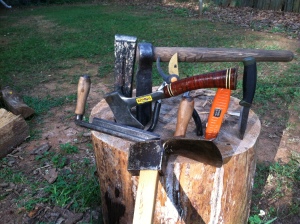

















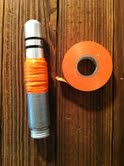




 My friend Jack, carrying a metal detector and digging implements, heads toward a game trail that leads to the site where he buried a pistol many years ago. The game trail is right in front of him but strangers would be unlikely to spot it because of the quick-growing blackberry bramble that’s obscured it.
My friend Jack, carrying a metal detector and digging implements, heads toward a game trail that leads to the site where he buried a pistol many years ago. The game trail is right in front of him but strangers would be unlikely to spot it because of the quick-growing blackberry bramble that’s obscured it.

 Live yogurt for starter
Live yogurt for starter
 Regular milk, thermos method
Regular milk, thermos method
 Powdered milk, thermos method
Powdered milk, thermos method
 Oven method, powdered milk mixed with regular milk
Oven method, powdered milk mixed with regular milk
 Thermos method, powdered milk mixed into regular milk
Thermos method, powdered milk mixed into regular milk









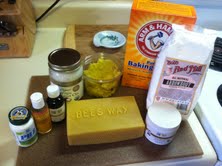
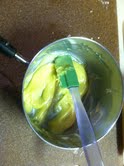
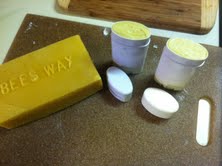

 Because of this, it’s important to choose your spare time activities in a manner that enhances your brain function, instead of reducing it. In a world where entertainment means playing on your Iphone or sharing photos on Facebook, opting for industry for your downtime can be an unusual choice. But, stepping outside the path of the herd and choosing productive hobbies is a great way to relax. What’s more, if your brain is engaged in an activity while you view a television program or movie, then you are not as susceptible to messages, either subliminal or blatant. This means that you don’t actually have to keep the TV turned off at night – you just need to refrain from zoning out in front of it.
Because of this, it’s important to choose your spare time activities in a manner that enhances your brain function, instead of reducing it. In a world where entertainment means playing on your Iphone or sharing photos on Facebook, opting for industry for your downtime can be an unusual choice. But, stepping outside the path of the herd and choosing productive hobbies is a great way to relax. What’s more, if your brain is engaged in an activity while you view a television program or movie, then you are not as susceptible to messages, either subliminal or blatant. This means that you don’t actually have to keep the TV turned off at night – you just need to refrain from zoning out in front of it.






